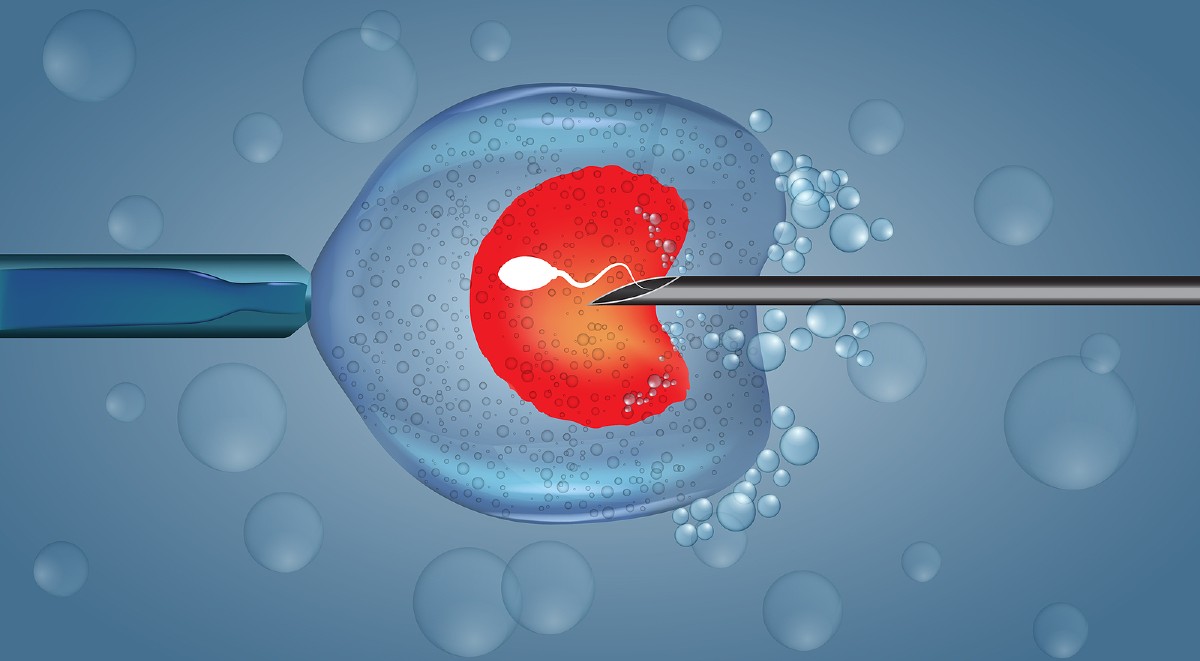
If standard IVF works, why all the expensive add-ons?
ICSI is no more effective than standard IVF
“Standard IVF is fine for most people. So why are so many offered an expensive sperm injection they don’t need?” That is the question posed by two Australian IVF specialists. They claim that many expensive IVF add-ons rest on very shaky evidence.
Take, for example, ICSI, intracytoplasmic sperm injection. First developed in 1992 (without clinical trials) as a way of treating male infertility, it has become the most popular method of IVF – even though the rate of birth defects appears to be a bit higher.
“In the United States, between 1996 and 2012, ICSI use increased from 15% to 67% of couples where the male has a normal sperm count; in Europe about 70% of cycles use ICSI,” write Robert Norman and Ben Mol in The Conversation. “In Australia around 60% of cycles used ICSI in 2018. This is even though only 30% of infertile couples have male infertility and 15% severe male infertility.”
The authors recently published an article in The Lancet based on data from Vietnam which claims that, ICSI – which is much more expensive — does not improve the chance of a baby when compared with standard IVF if men have a normal sperm count. “So why do clinics routinely offer it?”
Their hunch is that “doctors may recommend it for fear of patients’ reactions if the eggs don’t fertilise, even if ICSI doesn’t improve the ultimate chance of a baby for those with a normal sperm count.”
They conclude: “Couples with infertility belong to a very vulnerable group who will do almost anything to achieve a pregnancy. They deserve our dedicated care and evidence-based treatment.”
Michael Cook is editor of BioEdge
Creative commons
https://www.bioedge.org/images/2008images/ICSI_2.jpeg
icsi
ivf
- How long can you put off seeing the doctor because of lockdowns? - December 3, 2021
- House of Lords debates assisted suicide—again - October 28, 2021
- Spanish government tries to restrict conscientious objection - October 28, 2021
